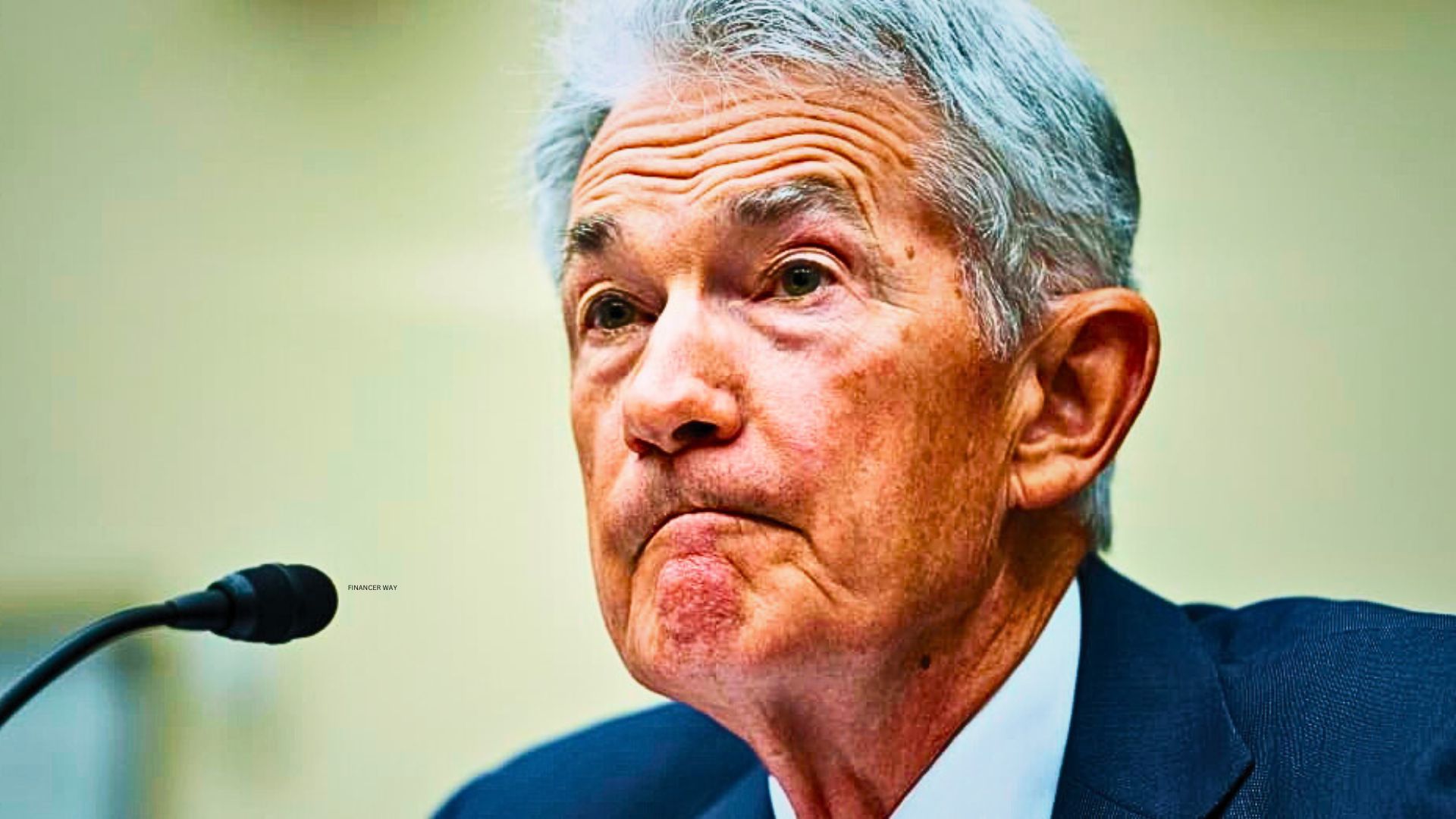“Market predicts Fed rate cuts starting September, with 100% chance, amid moderating inflation and slowing economic activity, signaling a dovish pivot.”
In a significant turnaround, market participants are now overwhelmingly convinced that the Federal Reserve will initiate a rate-cutting cycle in September, with further reductions anticipated in November and December. This shift in sentiment is a response to recent economic data indicating that inflation is moderating and economic activity is slowing, suggesting that the Fed’s two-year campaign of high interest rates is yielding the desired results.
According to the CME Group’s FedWatch tool, which utilizes fed funds futures trading data to forecast rate movements, the likelihood of a rate cut in September has surged to 100%, up from 73% just a week prior. This increased confidence is a testament to the market’s growing belief that the Fed will soon pivot from its hawkish stance to a more dovish approach.
The predicted rate cuts are not limited to September, as market participants are also pricing in a high probability of further reductions in November and December. Traders anticipate a 60% chance that the fed funds rate will be 50 basis points lower than its current rate in November, and a 75% chance of a 75-basis-point reduction in December.
Inflation Subsides, Rate-Cut Hopes Rise
The driving force behind this shift in market expectations is the recent spate of data releases indicating that inflation is moderating and economic activity is slowing. This progress in the fight against inflation has been acknowledged by Fed officials, who have emphasized their reliance on economic data to guide their rate-cut decisions.
Fed Chair Jerome Powell reiterated this stance on Monday, stating that central bankers are making rate-cut decisions on a “meeting-by-meeting” basis, declining to provide a specific timeline for rate cuts. Despite this caution, market participants are increasingly convinced that the Fed will soon initiate a rate-cutting cycle to support the economy and maintain its inflation target of 2%.
Labor Market Conditions Under Scrutiny
While inflation data has been encouraging, Fed officials are also closely monitoring labor market conditions, which could spur the Fed to act if they deteriorate significantly. The labor market has remained a key area of strength in the US economy, and any signs of weakness could prompt the Fed to reassess its rate-cut timeline.
In conclusion, market expectations have shifted significantly in recent days, with a growing consensus that the Federal Reserve will initiate a rate-cutting cycle in September. While Fed officials remain cautious and data-dependent, the market is betting on a dovish pivot in the coming months. As the economic landscape continues to evolve, all eyes will be on the Fed’s next move and its implications for the US economy.
